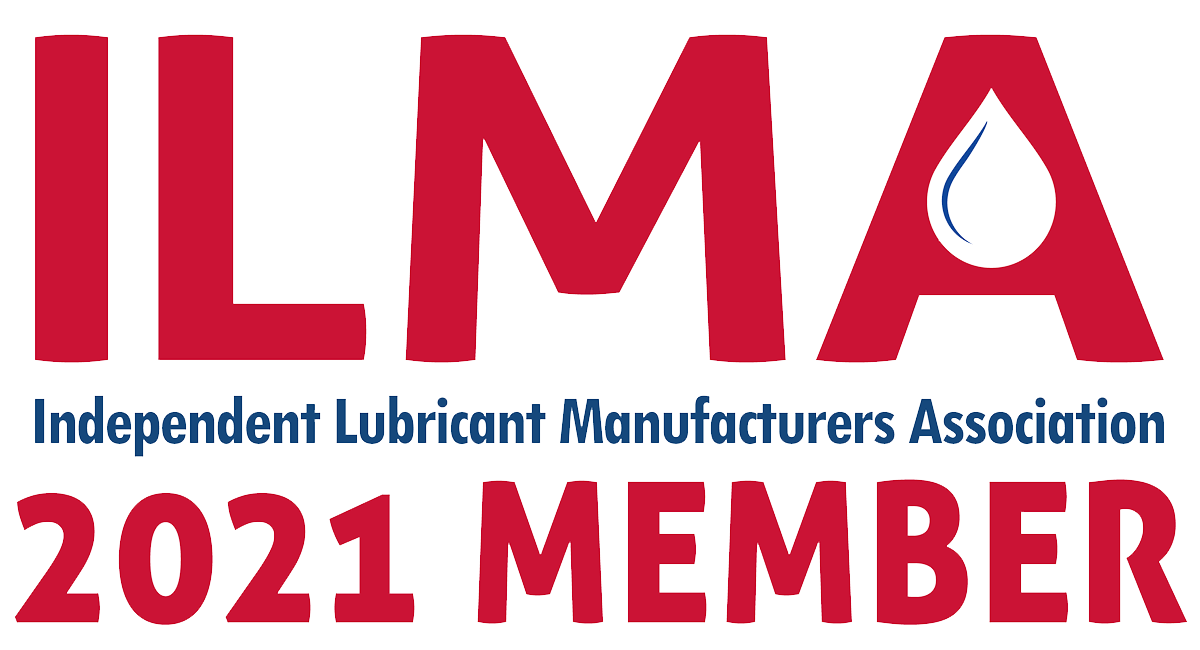 Fluid leaks can be extremely costly and lead to large quantities of product wasted and extensive equipment downtime. They can also lead to environmental issues, which can be even more costly and severely damage a company’s reputation.
Fluid leaks can be extremely costly and lead to large quantities of product wasted and extensive equipment downtime. They can also lead to environmental issues, which can be even more costly and severely damage a company’s reputation.
In addition to machine downtime, the price of leaking lubricants can quickly add up if the leaks are not found and fixed quickly. A leak dripping one drop of fluid per second can result in just over a gallon lost, almost 34 gallons a month. At three drops per second, that increases to almost four gallons a day and 113 per month. If a system has multiple similar leaks, that number can add up very quickly.
“Every leak situation is different when evaluating the financial impact,” Dan Wideman, Territory Manager for PetroChoice and Certified Lubrication Specialist, said. “All one needs to do is multiply the daily or monthly loss by the cost of their hydraulic or circulating fluid to determine the cost of the oil alone. The time operators spend topping-off a leaking system varies by company but can usually be estimated at $40 per hour.”
Related: Simple Steps Can Help Reduce the Cost of Downtime
While those costs can add it, leaks can also lead to problematic environmental situations. The cost of downtime and lost fluid can be further amplified if leaks enter groundwater or damage the area around the facility. With environmental regulations stricter than ever and environmental issues as hot button topics, these kinds of leaks can be crippling for a business.
“A leak that is allowed to reach ground or groundwater has the potential to create an environmental remediation situation for a company,” Wideman said. “Companies do not want that expense as it usually involves specialized equipment, time, and regulatory follow-up as well as the potential for fines. Most facilities have spill containment devices in place that prevent leaks from affecting groundwater.”
Leaks can quickly go from bad to worse, as small drips can turn into large flows in an instant. Wideman said it isn’t uncommon for this to happen, with multiple machines losing 24 or more gallons per day. Finding these leaks is critical and there are a variety of ways they can be detected, including through PetroChoice’s leak detection service.
“We add ultraviolet dye to each affected system and allow it to circulate through the entire system,” Wideman said. After the dye has had ample time to reach all areas of the fluid circuit, we systematically inspect the reservoir, pipes, hoses, pumps, valves and other pipes with a UV lamp. Fluid leaks will glow. After the site visit, we prepare an Engineering Service Report that documents our findings and distribute it to plant personnel.”



